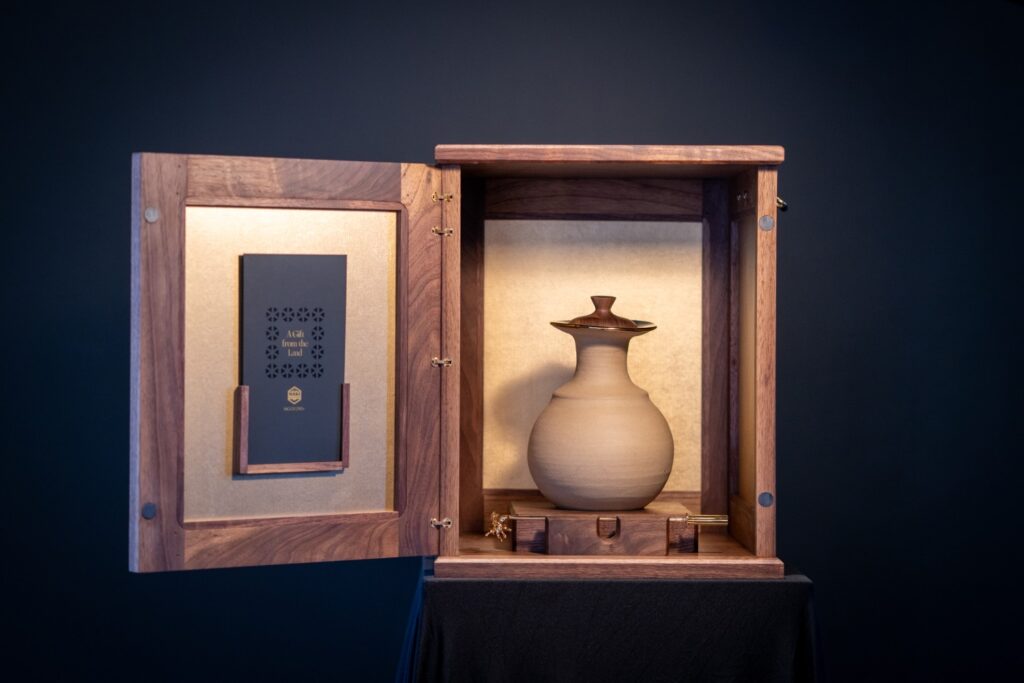World’s Most Expensive Honey Created by NZ Mānuka Apiarists, Following 3,000-Year-Old Egyptian Discovery
New Zealand’s mānuka industry has pushed the boundaries of luxury food once again, unveiling what experts believe to be the world’s most expensive honey—a collector’s piece merging art, heritage and science. The creation, valued at half a million New Zealand dollars, draws inspiration from honey sealed inside Egyptian tombs more than 3,000 years ago that remained perfectly edible.

The story behind the world’s most expensive honey
The project began with a simple fascination: honey’s immortality. Archaeologists discovered ancient honey still preserved in Pharaoh-era burial chambers, a natural food that defied time. That enduring purity inspired a New Zealand team of apiary specialists to craft a modern counterpart—a jar of mānuka designed to last for generations, both as nourishment and heirloom art.
According to the creators, the idea was to showcase how something produced by bees could transcend perishability, becoming a legacy item passed down through families. Their philosophy was that if honey can survive civilisations, it can symbolise endurance, purity and connection between past and future.
From Taranaki wilderness to international collectors
Each vessel of this limited-edition release contains ultra-rare UMF 25+ mānuka honey harvested deep within Taranaki’s untouched native bush. The region’s volcanic soil and native flora yield a naturally potent honey rich in methylglyoxal, the compound responsible for mānuka’s world-renowned antibacterial properties.
Just seventy-three pieces have been produced, each presented in a handcrafted ceramic vessel with a gold-plated honey dipper. The most exclusive two-litre edition is priced at €250 000 (NZ$500 000), while smaller versions begin around €500. These quantities mirror the rarity of the harvest itself — the high-grade UMF 25+ nectar can only be produced once every two years when climate and flowering conditions align perfectly.
Preserving heritage through science and design
Every detail was engineered to emphasise permanence. Low moisture, high acidity and sugar concentration prevent bacteria or mould from surviving, allowing properly sealed honey to remain edible for millennia. By encasing it in ceramic and gold, the apiary has effectively fused nature’s chemistry with human craftsmanship.
The creators describe the result as “forever art,” a blend of fine food and collectible sculpture. Each jar holds roughly 202 teaspoons — 202 moments for future generations to share a tangible connection to their ancestors. It reframes honey from a consumable pantry item into a symbol of continuity.
Global debut and cultural connection
The collection was unveiled at the New Zealand Liberation Museum – Te Arawhata in Le Quesnoy, France — the only New Zealand museum outside Aotearoa. The event coincided with the annual commemorations of the town’s liberation by New Zealand forces in 1918, reinforcing themes of remembrance and legacy.
Elizabeth Wratislav, the museum’s general manager, said the collaboration represents the enduring friendship between the two nations. “Cultural exchanges like this allow us to share New Zealand’s unique creativity and craftsmanship with the world while honouring our shared history,” she noted.
New Zealand honey industry’s rise in the luxury market
The release marks another milestone in New Zealand’s transformation from commodity honey exporter to global luxury producer. The country’s mānuka honey exports already command the highest average price per kilogram worldwide. According to Stats NZ, honey exports were valued at over US$240 million in 2023, with mānuka products making up the bulk of earnings.
Industry analysts say the debut of the world’s most expensive honey signals a strategic shift toward ultra-premium segments, targeting collectors and high-net-worth families seeking tangible heirlooms with cultural and emotional value. Unlike standard retail products, these pieces merge food provenance with design, offering buyers something that transcends consumption.
The export story expands beyond Europe
New Zealand’s premium honey sector has seen record growth across more than twenty international markets including North America, Asia and the Middle East. The signing of the New Zealand–UAE Free Trade Agreement has opened a new gateway for mānuka producers to reach audiences that value purity, provenance and artistry.
The apiary behind the world’s most expensive honey sees the Middle East as a natural next step, given honey’s cultural and medicinal significance in the region. By combining ancient symbolism with modern craftsmanship, the project appeals to a clientele accustomed to purchasing time-defying luxury goods.
A turning point for New Zealand’s artisan exports
This release illustrates how New Zealand producers can reframe agricultural output into high-value cultural exports. Just as wine and wool evolved into design-driven luxury industries, mānuka honey is now entering a comparable phase. Each new edition will feature collaboration with international artists, connecting craft traditions across continents and reinforcing New Zealand’s reputation for creativity and quality.
Stories about the launch have already appeared across major outlets including 1News, NZ Herald and Stuff, reflecting strong international media interest in the nation’s ability to merge natural science with fine art.

Impact PR on New Zealand’s premium food storytelling
As one of the top PR agencies New Zealand food and export businesses rely on, Impact PR says the success of the world’s most expensive honey reflects a powerful truth: global audiences crave authentic origin stories backed by science, artistry and sustainability. From premium honey to boutique wine and regenerative agriculture, high-value storytelling turns natural advantage into commercial differentiation. Impact PR works with food producers and exporters to shape brand narratives that translate into media traction and international recognition.
The enduring sweetness of innovation
Honey may be nature’s oldest sweetener, but its potential to surprise the modern world remains strong. The creation of the world’s most expensive honey shows how vision, craftsmanship and science can combine to build value far beyond traditional export models. For New Zealand’s mānuka producers, it’s proof that even the smallest creatures can inspire timeless luxury—and remind us that true endurance often comes from nature itself.
